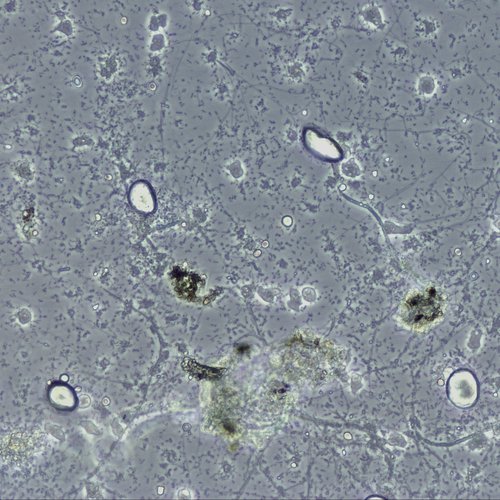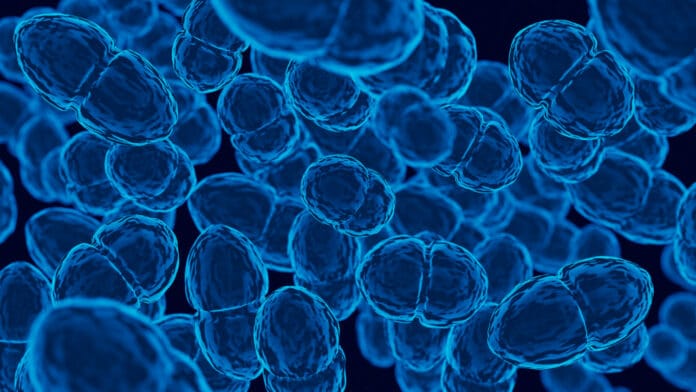Research in extreme environments has substantially expanded our understanding of the ecology and evolution of life on Earth, but a significant group of organisms has been largely overlooked: microbial eukaryotes.
There are still unanswered concerns regarding how microbial eukaryotes adapted to the harsh circumstances of the planet as scientists strive to comprehend the mechanisms underlying the evolution of species on Earth. Protists that live in some of the hardest settings on Earth—extremely hot and acidic geothermal lakes—are currently being studied by scientists in the College of Arts and Sciences’ (A&S) Department of Biology to delve deeper into this subject.
Scientists returned from Lassen Volcanic National Park in California, home to the largest geothermal lake in the U.S.
Angela Oliverio, assistant professor of biology said, “This lake is an acid-sulfate steam-heated geothermal feature, meaning it is both quite hot (~52 C/124 F) and acidic (pH ~2). This makes it a very unique environment to study polyextremophiles, which are organisms that have adapted to two or more extreme conditions—in this case high temperature and low pH.”
How did scientists discover that a hot lake in California was the best place to look for microbial eukaryotic life?
Researchers compiled a database of earlier investigations that looked for microbial eukaryotic life in harsh conditions. They specifically looked at which eukaryotic lineages were found repeatedly from several research under comparable environmental settings.

Oliverio said, “We discovered that several lineages of amoebae were often recovered from extremely high-temperature environments. This suggests that studying those lineages may yield great insight into how eukaryotic cells can adapt to life in extremely hot environments.”
Oliverio cites a particular study by Gordon Wolfe’s team at Cal State Chico that showed the amoeba T. thermoacidophilus was highly prevalent in the geothermal lake in Lassen National Park. However, there are no genetic records for this organism. Understanding how this species has evolved to this harsh environment helps scientists better comprehend the settings that might be favorable for life in the universe.
Oliverio and Rappaport visited Lassen National Park this past summer to learn more about this specific protist and to look for other unique extremophilic eukaryotes. The team collected samples at the lake using a long painter’s pole that was attached to a 1-liter bottle—a difficult task given that the water is well over 100 degrees Fahrenheit. The bottles were then sent to Oliverio’s lab in Syracuse, where the group is now isolating single cells for genome sequencing and identifying the amoebae by microscopy.
While many unknowns remain about how eukaryotes adapt to exist in extreme environments, scientists are hopeful that this research will help close some of the current knowledge gaps.
Oliverio said, “We suspect that there is something special about the amoeboid form that enables persistence in these eukaryotic lineages, but the mechanism remains unknown. Based on our research, we hypothesize that horizontal gene transfer (movement of genetic information between organisms) from bacteria and genome reduction (when a genome deletes genes it does not need), along with an expansion of particularly useful gene families, may be a few of the ways in which protists have acquired the toolkit to survive in extreme environments.”
Oliverio notes that the team’s genome-scale findings will contribute important missing data into reconstructions of the tree of life. This will further our understanding of the distribution and evolution of life on Earth.
Journal Reference:
- Rappaport, H.B., Oliverio, A.M. Extreme environments offer an unprecedented opportunity to understand microbial eukaryotic ecology, evolution, and genome biology. Nat Commun 14, 4959 (2023). DOI: 10.1038/s41467-023-40657-4
